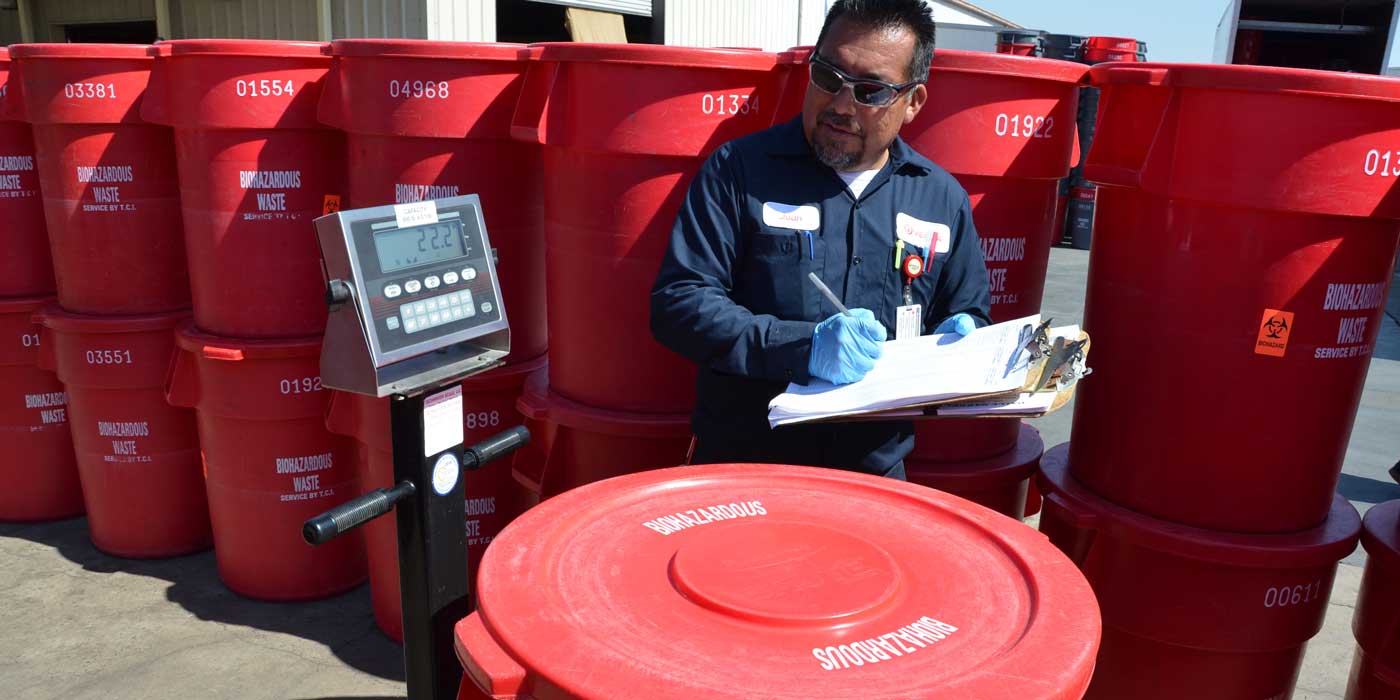Navigating Security: The Crucial Guide to Medical Waste Disposal Best Practices
Navigating Security: The Crucial Guide to Medical Waste Disposal Best Practices
Blog Article
Understanding the Different Sorts Of Garbage Disposal Techniques
In the realm of waste administration, the variety of disposal strategies offered today is huge and differed, each approach serving a distinct purpose in dealing with the obstacle of garbage disposal. click here. From reusing approaches that aim to provide brand-new life to materials, to the complex procedures of contaminated materials administration, the landscape of garbage disposal is complex yet important for ecological sustainability. Recognizing the nuances of these different methods not just clarifies the relevance of responsible waste management but additionally prompts us to rethink our method towards waste disposal in a quickly progressing globe

Recycling Techniques
Recycling methods are critical for lasting waste management practices in both domestic and commercial setups. medical waste removal service. By implementing reliable recycling techniques, a considerable quantity of waste can be diverted from landfills, saving natural deposits and reducing the ecological impact of manufacturing processes
In residential areas, curbside recycling programs play a vital function in motivating homes to different recyclable materials from basic waste. Materials such as paper, plastics, glass, and steels can be arranged and collected for handling right into new items, reducing the demand for raw materials and energy-intensive production processes.
Industrial facilities also rely upon reusing methods to reduce waste generation and advertise a circular economic climate. By implementing closed-loop systems, businesses can recycle materials within their manufacturing processes, lowering costs and environmental impact. medical waste removal. Furthermore, commercial recycling programs often include collaborations with specialized recycling centers to guarantee that products are effectively sorted, processed, and rehabilitated right into the supply chain
Composting Techniques

Aerated fixed pile composting entails mixing natural waste products in a big pile and routinely transforming it to ensure correct aeration. This method is fit for smaller-scale operations and houses.
In-vessel composting includes placing natural waste in a shut container with controlled problems for temperature and oygenation. This method is reliable for managing food waste in urban areas. Lastly, windrow composting consists of developing long rows of natural waste and routinely turning them to advertise disintegration. This technique is typically made use of in agricultural setups.
Landfill Disposal
Garbage dump disposal is a typically made use of method for handling waste that can not be reused or composted. It entails hiding waste in designated areas of land, with appropriate precautions to avoid environmental contamination. Land fills are crafted centers designed to isolate waste from the surrounding setting. The waste is compressed and covered with soil everyday to lower smells, discourage bugs, and decrease the spread of litter. Modern garbage dumps are outfitted with protective liners and keeping track of systems to stop leak of hazardous compounds right into the dirt and groundwater. Methane gas, a byproduct of decaying natural waste in landfills, is frequently gathered and utilized as a resource of eco-friendly power. In spite of innovations in garbage dump modern technology, problems continue to be about the long-term environmental impacts, such as groundwater contamination and greenhouse gas emissions. Efforts to minimize reliance on garbage dumps include promoting waste reduction, recycling, and exploring alternate waste disposal techniques to lessen the ecological footprint related to conventional garbage dump disposal practices.

Waste-to-Energy Incineration
Incineration of waste for power generation is a method progressively being thought about as an option to conventional garbage dump disposal methods. Waste-to-energy incineration entails the combustion of waste materials at heats, generally in specialized centers made to generate power or heat through the process - click here. This technique not only lowers the volume of waste that would or else be predestined for landfills however additionally harnesses the warm generated throughout incineration to create energy
One of the crucial benefits of waste-to-energy incineration is its ability to produce power while minimizing the environmental effect contrasted to standard land fill disposal methods. By converting waste into energy, this technique aids in lowering greenhouse gas emissions and reliance on fossil fuels for energy generation. Furthermore, waste-to-energy facilities are furnished with innovative air contamination control modern technologies to minimize potential toxic wastes released throughout the burning procedure.
Contaminated Materials Monitoring

Considering the vital significance of responsible waste management techniques, specifically in the world of environmental sustainability, the emphasis now changes in the direction of the complex domain of Hazardous Waste Monitoring. Unsafe waste postures considerable risks to both human health and the setting, requiring specialized handling and disposal strategies. Typical examples of hazardous waste consist of chemicals, batteries, pesticides, and digital waste.
Harmful Waste Administration involves the recognition, collection, transportation, therapy, and disposal of materials regarded possibly dangerous or unsafe. This process requires adherence to stringent regulations and standards to mitigate damaging effect on ecosystems and public health and wellness. Various approaches are employed in handling hazardous waste, consisting of recycling, secure garbage dumps, encapsulation, and chemical therapy.
Appropriate Contaminated Materials Management is critical for stopping contamination of soil, water sources, and air pollution. It is crucial for markets, research laboratories, healthcare centers, and various other generators of hazardous waste to carry out robust administration techniques, training programs, and emergency situation feedback plans to make sure the secure handling and disposal of these materials. Failure to handle contaminated materials appropriately can have significant consequences, highlighting the relevance of liable and attentive practices in this field.
Final Thought
In conclusion, waste disposal techniques play an essential role in handling and decreasing the influence of waste on the atmosphere. It is essential for individuals and industries to comprehend the different waste disposal strategies readily available and select the most suitable method for lasting waste administration.
In the realm of waste administration, the range of disposal techniques readily available today is huge and varied, each method offering an unique objective in resolving the difficulty of click to find out more waste disposal. click here. From recycling approaches that intend to provide new life to materials, to the detailed procedures of hazardous waste administration, the landscape of waste disposal is intricate yet crucial for ecological sustainability. Comprehending the nuances of these different strategies not only loses light on the importance of responsible waste administration but additionally motivates us to reconsider our technique towards waste disposal in a swiftly progressing world
Initiatives to decrease dependence on garbage dumps include advertising waste reduction, reusing, and exploring different waste disposal approaches to lessen the environmental impact associated with standard landfill disposal techniques.
It is essential for people and industries to comprehend the different waste disposal methods offered and choose the most suitable method for lasting waste management.
Report this page